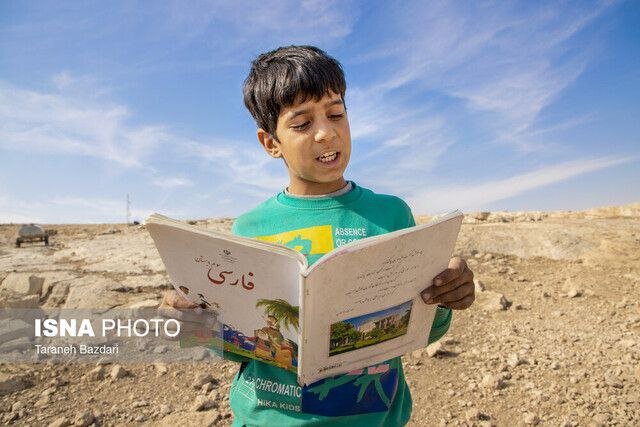Tehran – According to a report released by the Ministry of Education, the dropout rate fell from 1.97% in 1401 (2022-2023) to 1.65% in 1403 (2024-2025).
The dropout rate for grades 1401-1402 (September 2022 – June 2023) was 287,617 children, with 0.97% (87,544 students) in primary schools, 4.09% (149,288 students) and 2.59% (50,785 students) in secondary schools (2.59% (50,785 students) in junior high schools (50,785 students).
In the next grade, the dropout rate was about 1.65%, of which 247,242 children, of which 0.91% (84,001 students) were primary schools, 3.47% (130,432 students), and 1.65% (32,809 students) in the upper middle schools.
During the same period, the number of students outside the school increased from 902,188 to 928,729.
In semester 1401-1402, out of 902,188 out-of-school children, 156,835, 195,568, and 549,785 were in primary, lower secondary and secondary schools, respectively.
However, in the next grade (September 2023 to June 2024), the number of children outside of school reached 928,729 students. Approximately 171,992, 198, 109, and 558,628 students were in primary, lower secondary and secondary schools, respectively.
Students outside the school are classified as people who are not registered in the grade. This includes children who may have died, immigrants, or children who suffer from severe mental retardation.
Compared to past decades, Iran’s educational reporting index, particularly in primary schools, has improved to around 98%.
Despite these efforts, the number of dropouts and the number of students outside of school indicate a failure to fully achieve literacy goals.
The fundamental goals of educational equity
In December 2024, President Masoud Pezeshkian said the administration intends to transform the education system, ensuring that students are not deprived of the right to quality education and that education equity is a fundamental goal, not just a slogan.
It is unacceptable that students in public schools in underprivileged areas have not received a good education while they have to compete with students in private schools that benefit from the best education, Peshshkian emphasized.
The president said providing vocational training along with education is one of the key areas that will transform teaching methods, through which young people develop the skills necessary for their occupations after graduating from high school.
Referring to the extensive plans to solve school infrastructure challenges, the president emphasized, “We plan to overcome all the construction challenges of schools within a year. One of our main objectives is to transform public schools into the best education model.”
The President urged the Governor General and all executive officers to work with other sectors on national plans to promote equity in educational spaces within designated time frames.
He continued, highlighting the need for public participation and the role of citizens in realizing the major national plans to build schools, saying, “We need to share plans with people to not only build schools for children, but also to build sports and recreational spaces suitable for extracurricular activities.”
Pezeschkian further emphasized the importance of action instead of mere speech, saying his administration prioritizes solving the issue of lack of educational space within a year, especially in underprivileged regions of the country.
mt/mg

